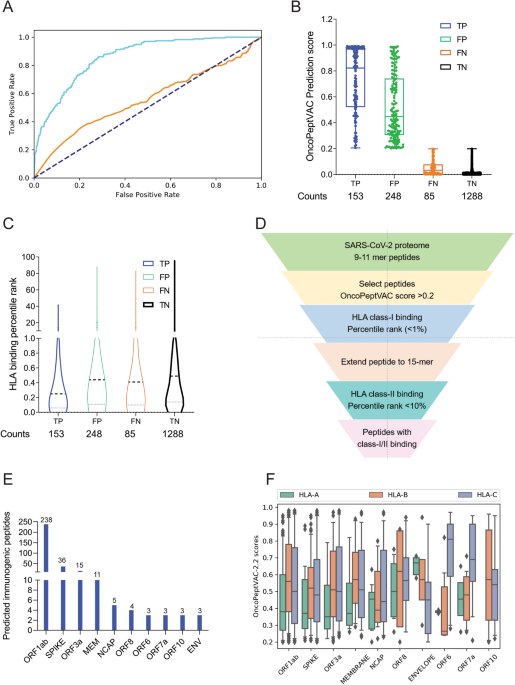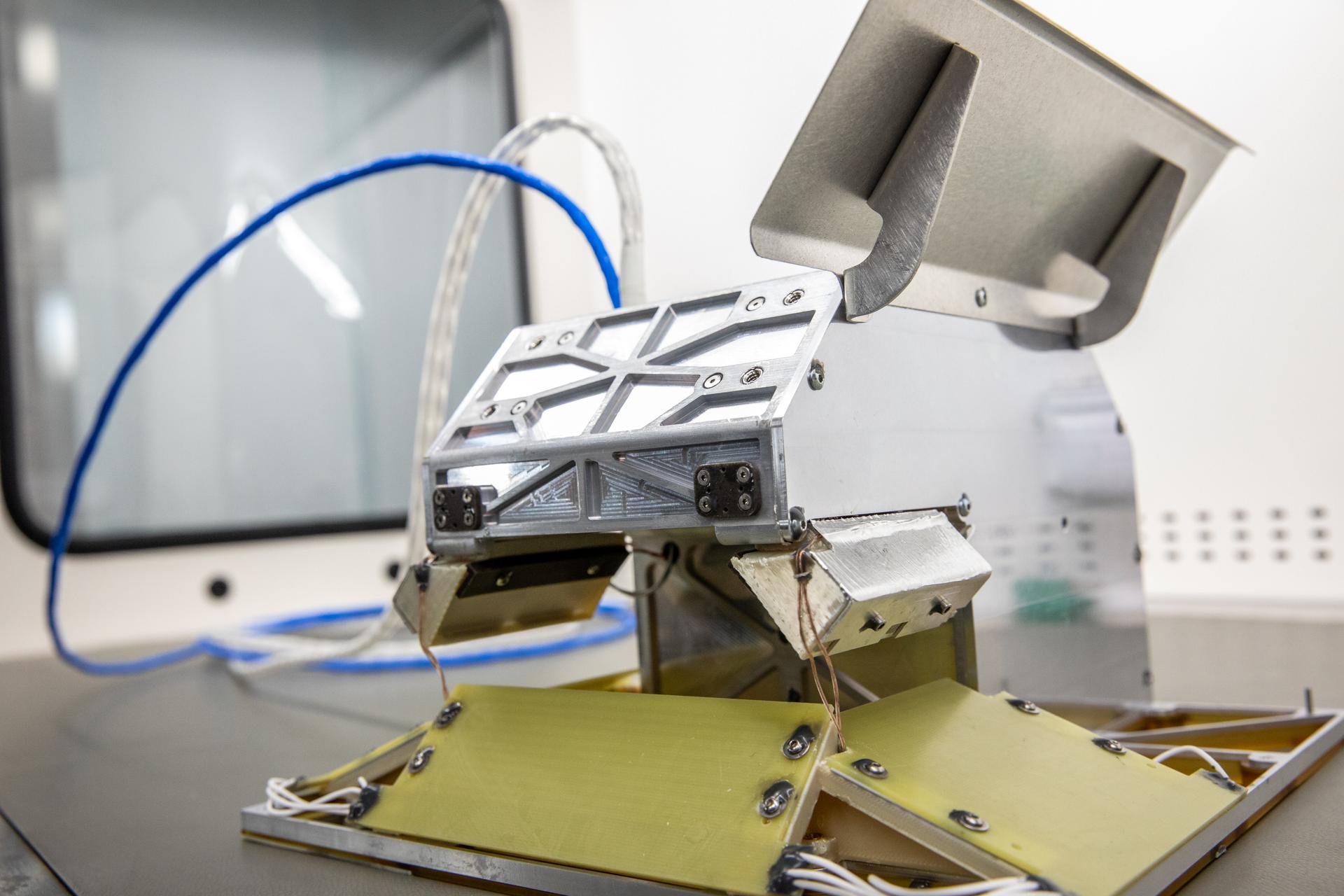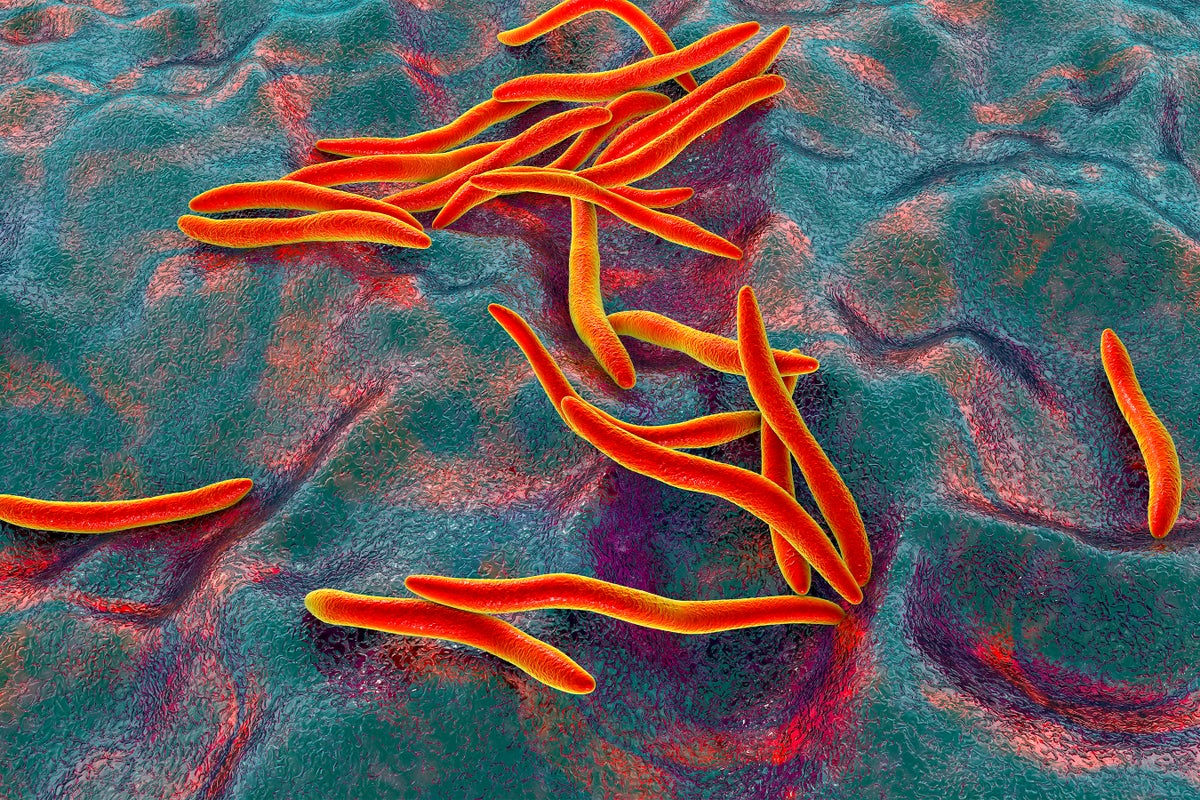
Two more coronaviruses can infect people, studies suggest
An electron microscopic image of a new caninelike coronavirus isolated from a child in Malaysia with pneumonia and grown in dog cells
Eight children hospitalized with pneumonia in Malaysia several years ago had evidence of infections with a novel coronavirus similar to one found in dogs, a research team reports today. Only seven coronaviruses were previously known to infect people, the latest being SARS-CoV-2, the spark of the COVID-19 pandemic. The discovery of this likely new human pathogen, along with the report of an instance of a coronavirus that appears to have jumped from pigs to people many years ago, could significantly expand which members of the viral family pose another global threat.
“I think the more we look, the more we will find that these coronaviruses are crossing species everywhere,” says Stanley Perlman, a virologist at the University of Iowa who was not involved in the new work.
The researchers have not definitely linked either new virus to human disease. And there’s no evidence that the two new coronaviruses can transmit between people—each infection may have been a dead-end jump into a person from a nonhuman host. But many researchers worry the viruses may evolve that ability within a person or the animals they normally infect. A complete genome sequence of the virus found in one Malaysian patient, reported today in Clinical Infectious Diseases, reveals a chimera of genes from four coronaviruses: two previously identified canine coronaviruses, one known to infect cats, and what looks like a pig virus.






















